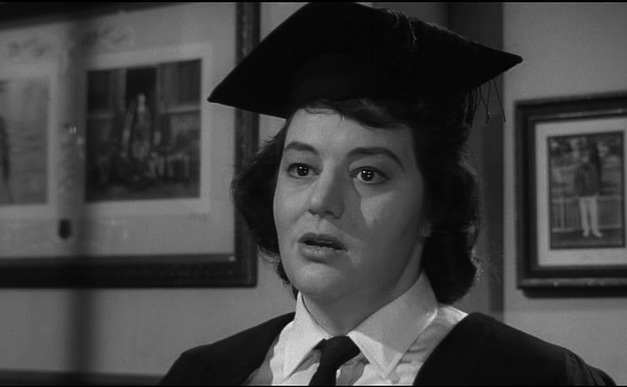
Every child has a right to education and to participate in a school environment that is safe, fair and supportive.
Australian schools are unfairly suspending and excluding students – particularly boys, Indigenous students, and students with a disability – according to new research from the University of South Australia.
Auditing exclusionary policies and practices in Australian schools across 2019, researchers found that discrimination is disturbingly prominent across the Australian education sector.
Of all suspensions and expulsions researchers found that:
Indigenous students received:
- 25 per cent of all suspensions and permanent exclusions in Queensland, despite comprising just over10 per cent of student enrolments;
- 25 per cent of all suspensions in New South Wales (NSW), despite representing just eight per cent of student enrolments;
- 6.5 per cent of all expulsions in Victoria (a large percentage given the group represents only 2.3 per cent of the student population).
Male students received:
- 77 per cent of all suspensions in South Australia (three times that of girls);
- Over 80 per cent of permanent exclusions in Victoria (four times that of girls);
- Around three quarters of all suspensions in in NSW.
Students with disability funding received 14 per cent of all permanent exclusions in Victoria, while comprising only 4.5 per cent of all government school enrolments.
Lead researcher and Director of UniSA’s Research for Educational and Social Inclusion Group, Associate Professor Anna Sullivan says the research will establish an evidence base for policy and school-based interventions to enhance the health, welfare and academic achievement of vulnerable children in our schools.
“Every child has a right to education and to participate in a school environment that is safe, fair and supportive,” Assoc Prof Sullivan says.
“Yet what these statistics show is that disciplinary actions are being disproportionately applied to certain groups of students in Australia, and concerningly, marginalised groups including Indigenous children and children with a disability.
“Of course, Australian schools, like elsewhere, commonly use exclusionary practices, such as suspensions and exclusions to help address poor student behaviour. But how these are applied, and which students are impacted is quite clearly unfair.
“We need to find ways for vulnerable children to be better supported at school, and ways for schools to better manage challenging behaviours.
“Only when we have a fair and equitable education system will Australian children, from all cultures, backgrounds and of all abilities be able to thrive and survive.”



